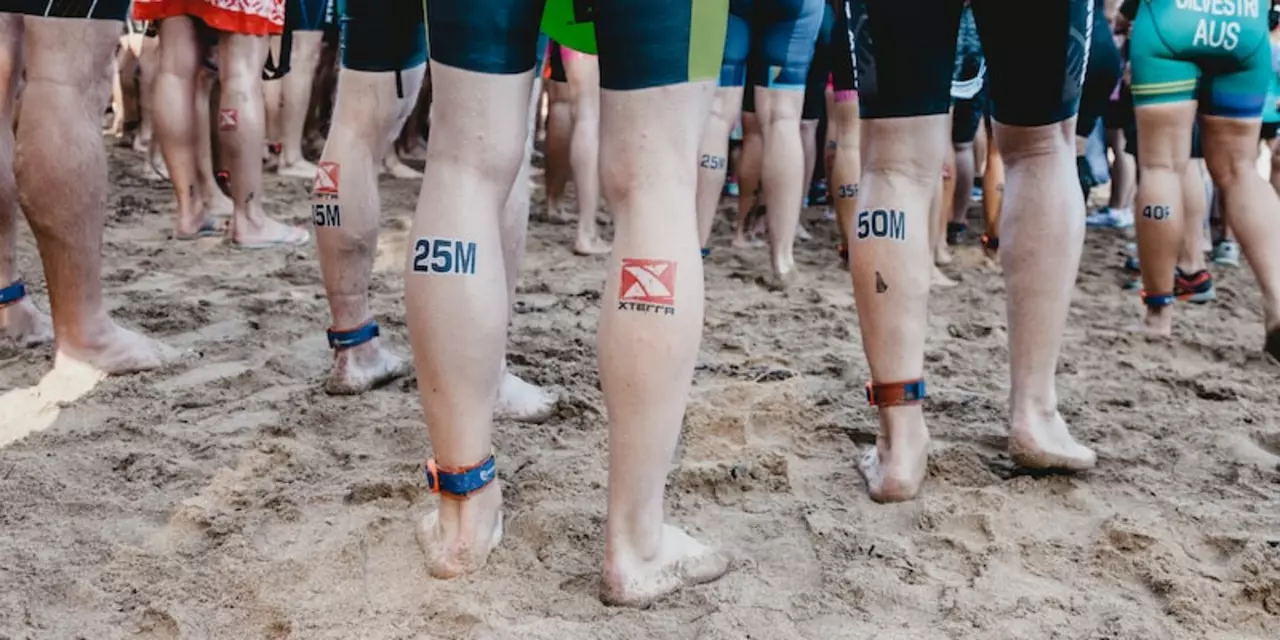Merchandising Trends in Sports: Gear, Collectibles, and Fan Favorites
When you see a fan in a stadium rocking a fresh jersey or a limited‑edition cap, you’re witnessing merchandising at work. It’s the bridge between a team’s brand and the people who love it. In simple terms, merchandising means turning a logo or a player’s name into something you can wear, use, or display. That connection drives revenue, builds loyalty, and keeps the buzz alive long after the final whistle.
But today’s merch game isn’t just about selling a shirt. Fans expect stories, exclusivity, and even eco‑friendliness. Whether you’re a collector hunting rare memorabilia or a team looking to boost sales, understanding what works now can save you time and money.
Why Merch Matters to Fans and Teams
Fans wear merch to show they belong. A well‑designed hoodie or a signed ball becomes a badge of identity. Teams, on the other hand, use merchandise to fund stadium upgrades, community projects, and player development. The numbers speak for themselves – in the U.S., sports merch sales topped $30 billion last year, with a big chunk coming from online purchases.
Another key point: merch can turn a casual viewer into a lifelong supporter. When a newcomer buys a cap featuring a rising star, they’re more likely to tune in, buy tickets, and engage on social media. That ripple effect is why clubs invest heavily in design, limited releases, and collaborations with popular brands.
Top Merch Trends to Watch in 2025
1. Limited‑Edition Drops. Scarcity drives desire. Teams now release “drop” collections that sell out in minutes. Think of a special‑edition jersey for a championship win or a retro design tied to a historic season. Fans line up on apps, share the hype on TikTok, and the buzz creates free advertising.
2. Sustainable Apparel. Eco‑friendly fabrics and recycled materials are no longer niche. Younger fans especially look for gear that matches their values. Brands that highlight carbon‑neutral production or use reclaimed polyester see higher conversion rates.
3. Personalized Gear. Custom names, player numbers, or even QR codes linking to exclusive video content add a personal touch. Online configurators let fans design their own look, making the purchase feel unique.
4. Digital Collectibles. NFTs and virtual jerseys are gaining traction. A digital card of a star player can be displayed in a gaming avatar or traded on blockchain marketplaces. While still early, the trend points to a future where physical and digital merch coexist.
5. Community‑Driven Collaboration. Teams partner with local artists, musicians, or charities to create merch that reflects regional culture. These collaborations boost local pride and often result in items that fans can’t find anywhere else.
To make the most of these trends, start small. Test a limited drop on your most engaged fans, gather feedback, and tweak the next release. Use social media polls to decide colors or designs – the more you involve the audience, the stronger the connection.
Finally, don’t forget the basics: quality matters. A poorly stitched jersey will hurt your reputation faster than any missed deadline. Invest in reliable manufacturers, check sizing charts, and offer clear return policies. When fans know they’ll get a solid product, they’ll keep coming back for the next release.
In short, modern merchandising blends scarcity, sustainability, personalization, and digital innovation. By keeping an eye on these moves and listening to what fans actually want, teams and sellers can turn a simple piece of clothing into a powerful brand ambassador.

What are the top five richest sports teams?
The top five richest sports teams in the world are Real Madrid, Barcelona, Manchester United, Bayern Munich, and Manchester City. These sports teams have achieved great success in their respective sports, and have earned high revenues both through their on-field performances as well as through merchandising and sponsorship deals. Additionally, these teams have some of the world's best players, making them even more attractive to sponsors.